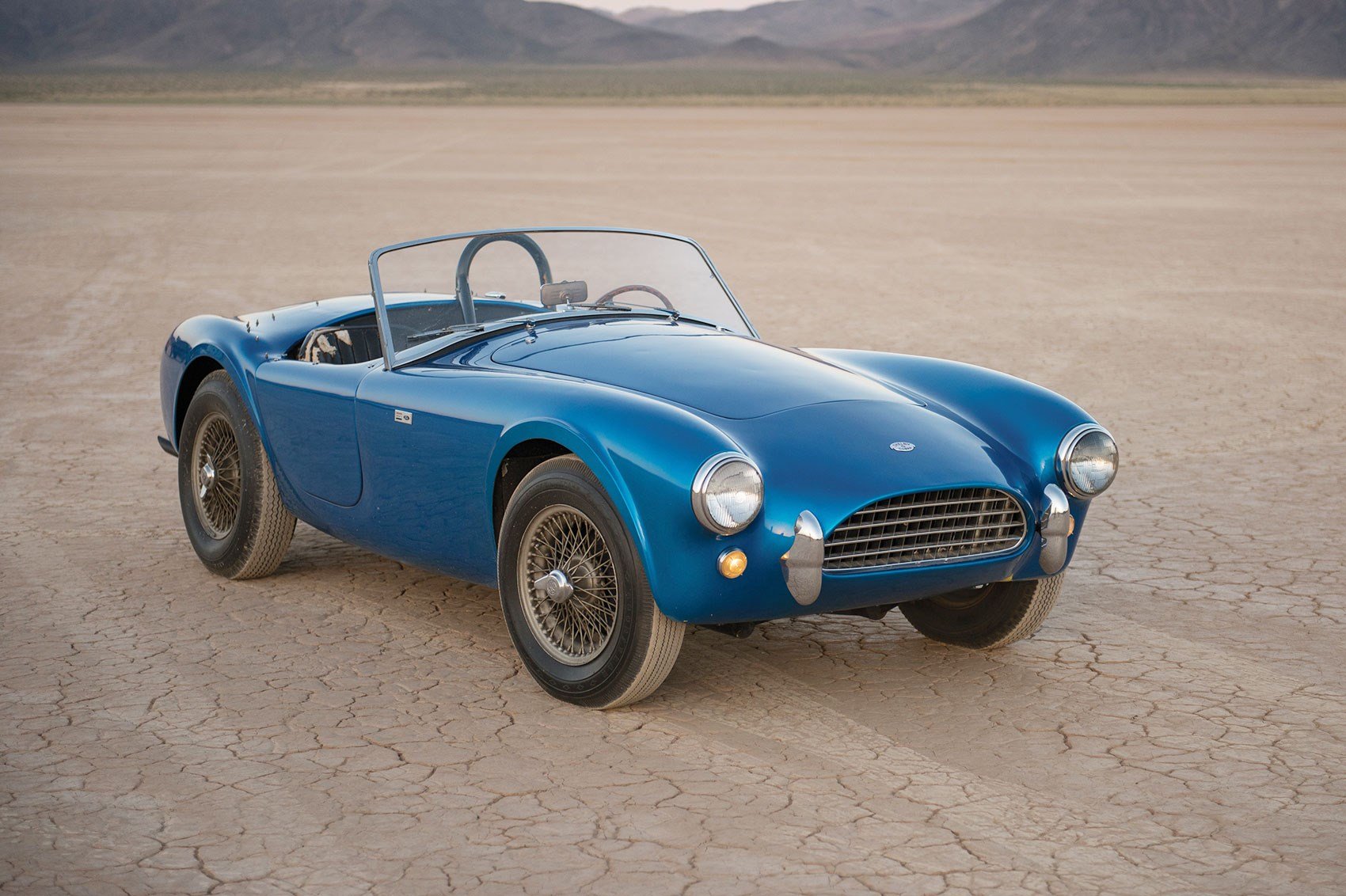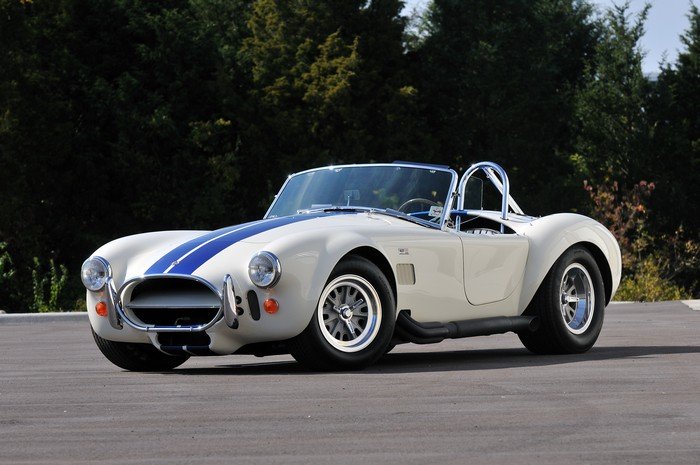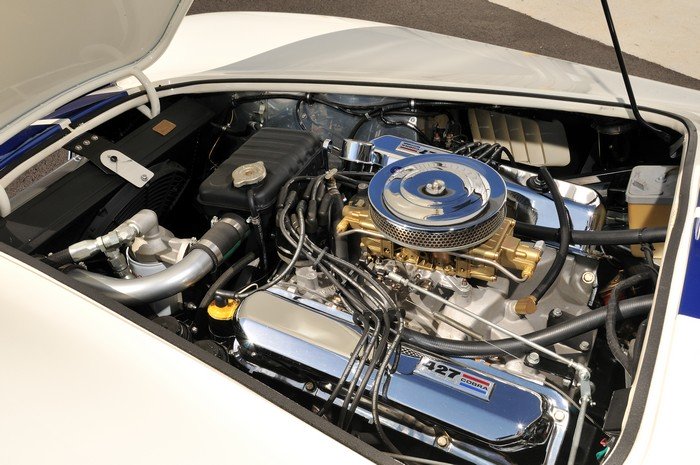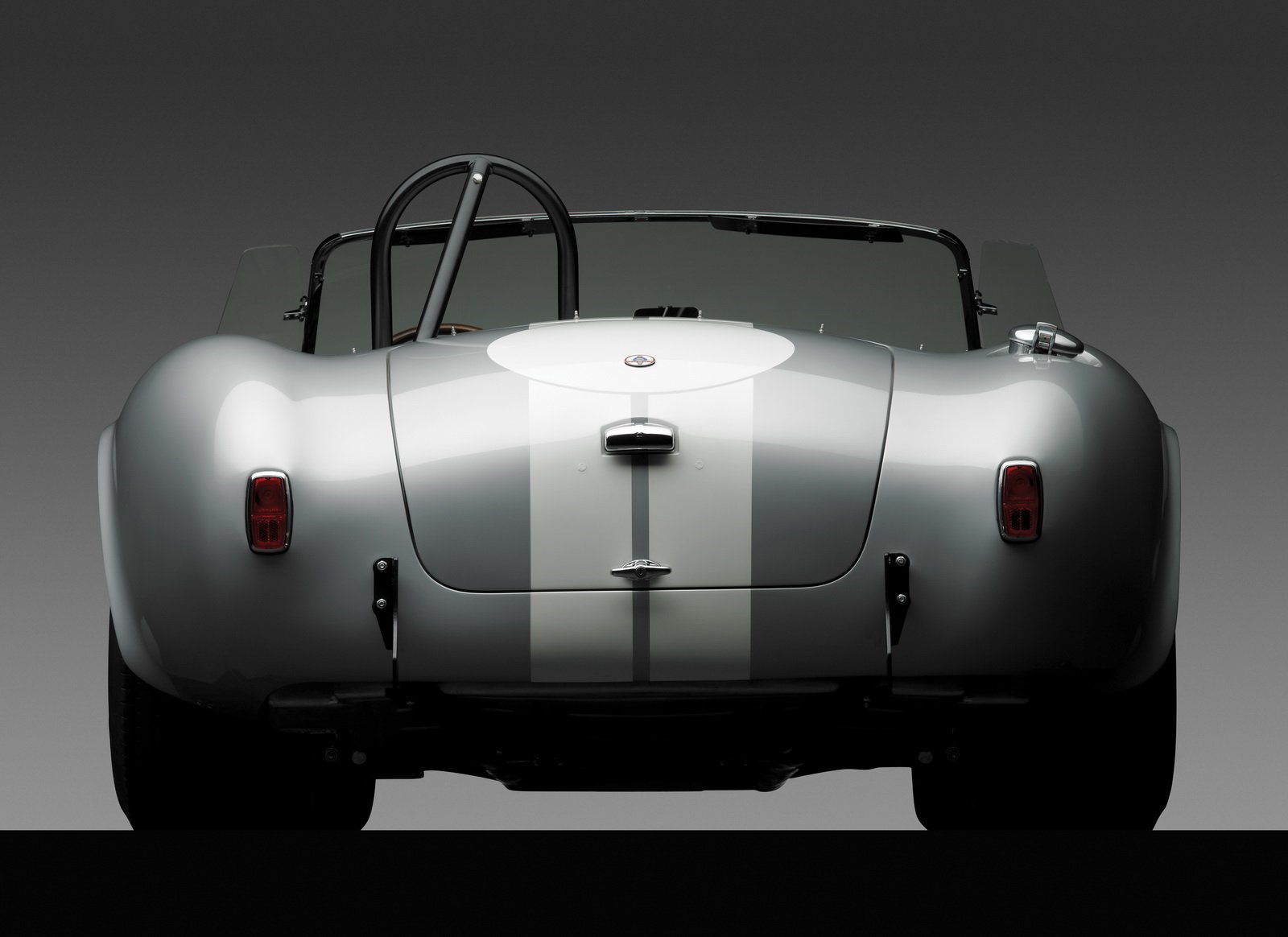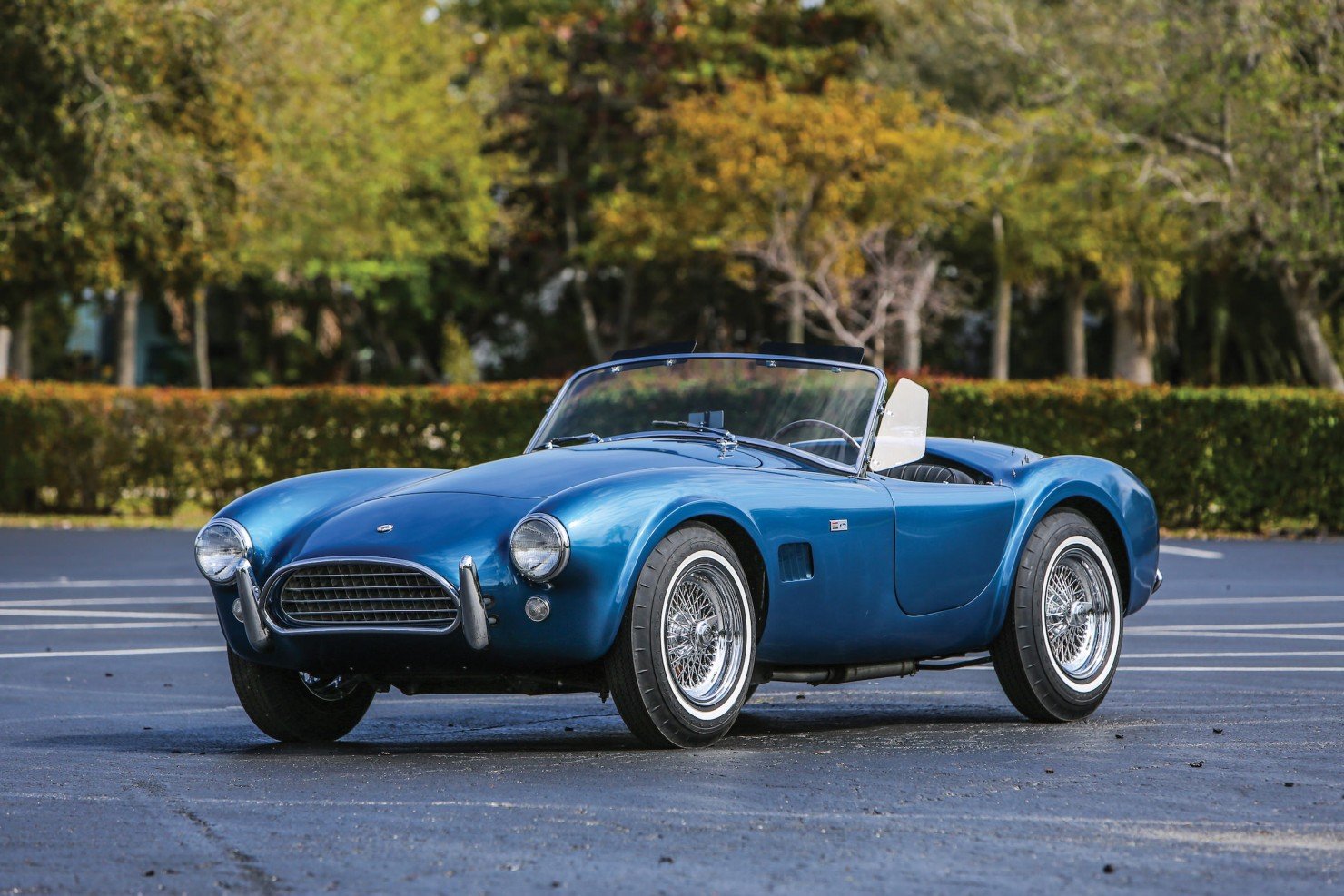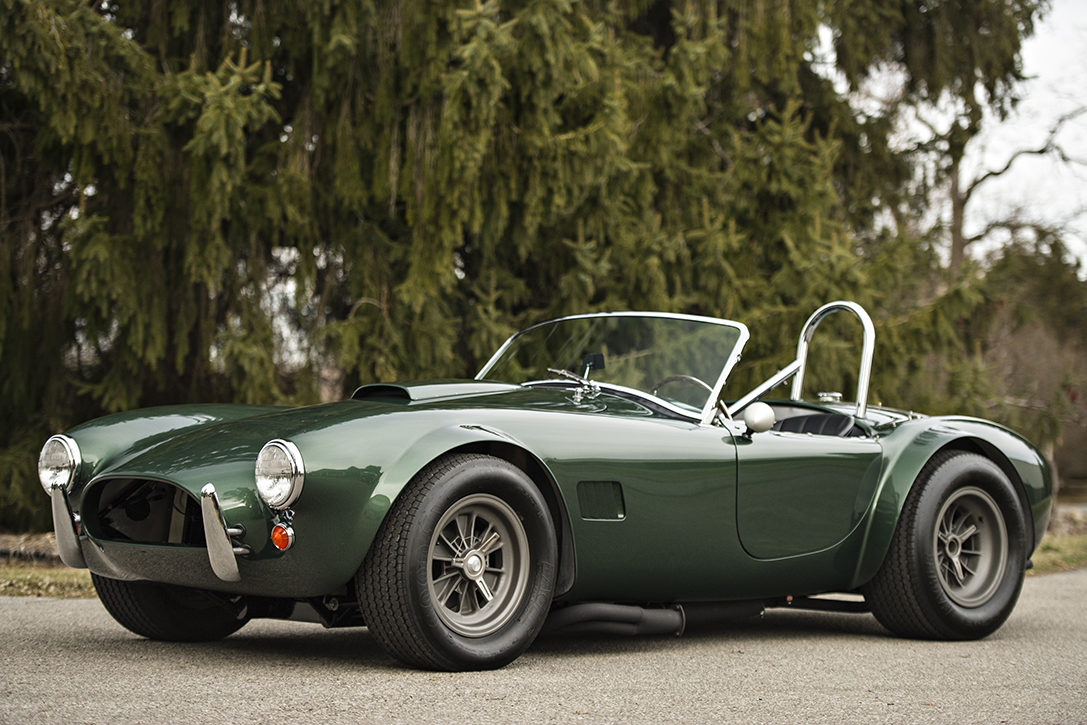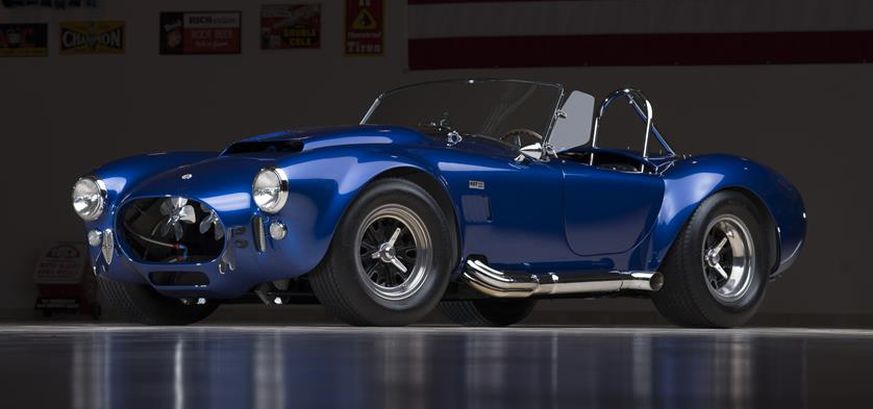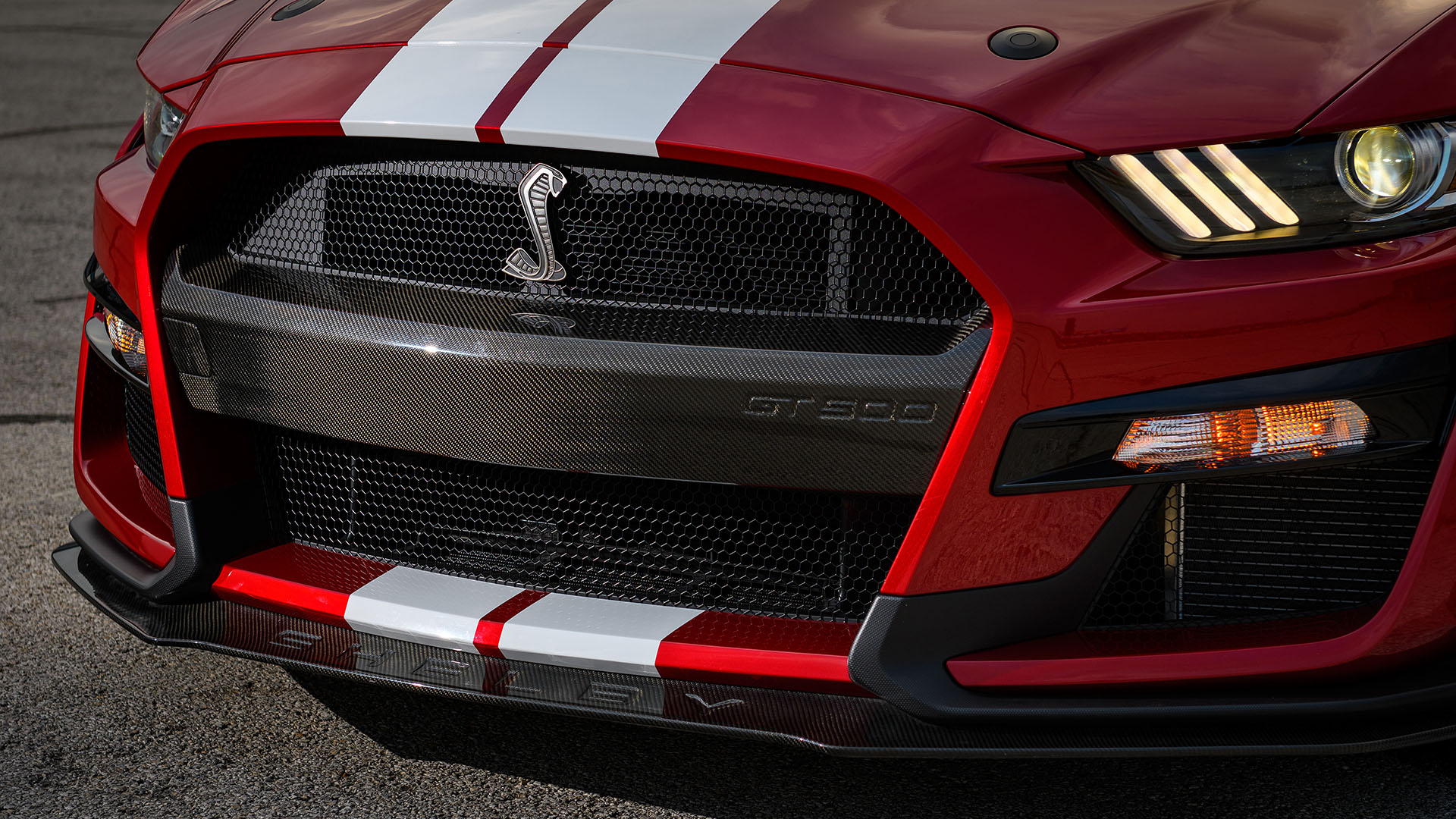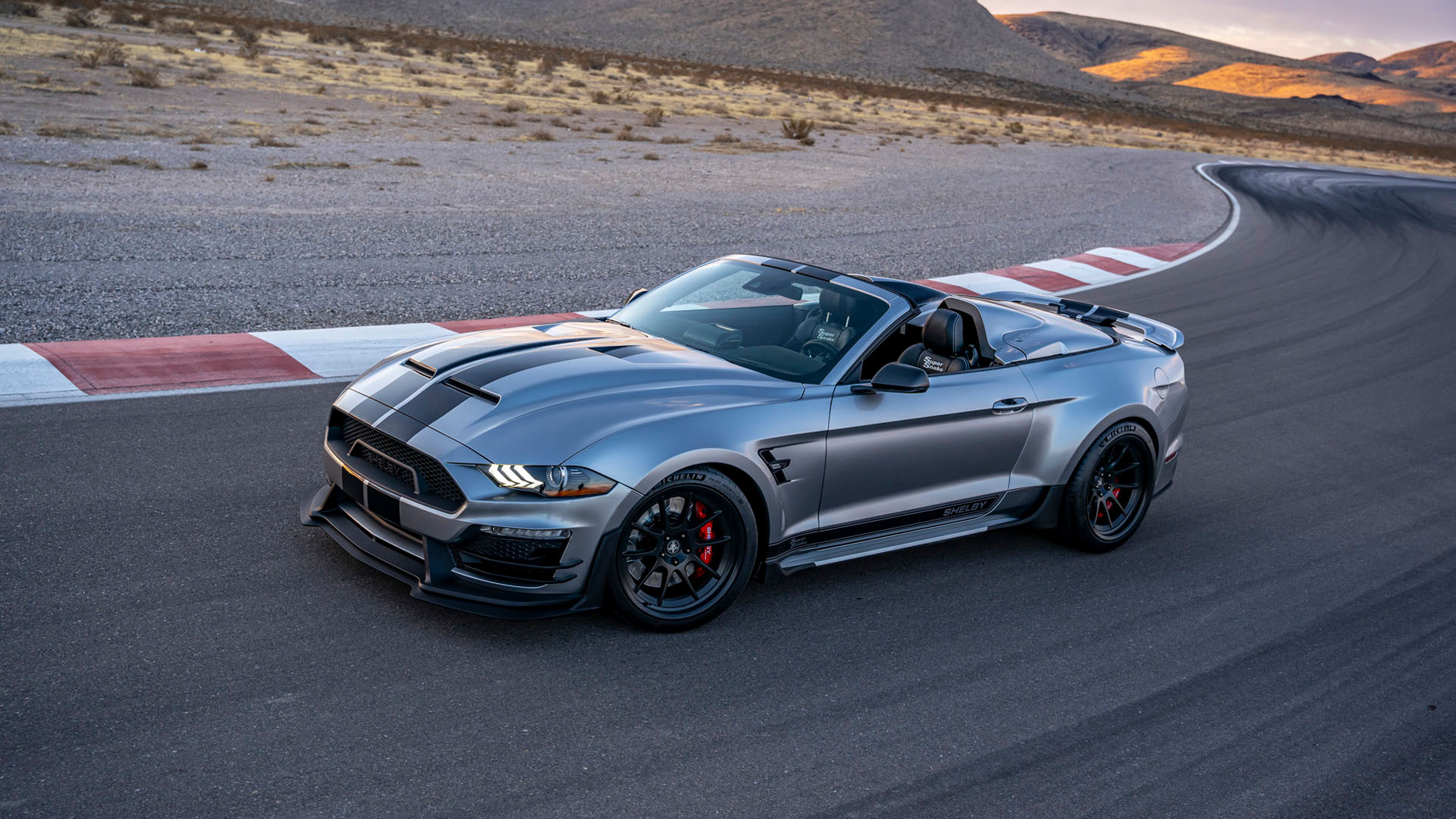Introduction
Birth of the Cobra
The Shelby Cobra 427 Roadster is arguably the most famous and relevant of all the automotive legends. In 1962, the Shelby Cobra (or AC Cobra, in the UK) wrote its storied beginnings as a collaboration between Ford and British automaker AC with the release of the first production Cobra known as the CSX2001 / Mark I.
In the early 1960s, Ford endeavored to build a car that would oust the Chevrolet Corvette as the USA’s most significant sports car. The American automaker was well prepared to take on their local rival and had already produced the engine they would take to the fight – a new, lightweight, thin-wall cast small-block 3.6L V8. However, they still needed a chassis to go along with the powerplant.
Here enters the charismatic Carroll Shelby – financially backed by Ford for this venture – who recognized the racing success of the AC Ace in the late 1950s and would end up brokering an agreement with the Britons who would manufacture a chassis based on the Ace, which Ford would then use its fledgling V8 engine to breathe life into.
Although the Ace was an aging design near the end of its life cycle, its lightweight structure would become the ideal complement in creating one of the greatest American sports cars ever made over the next few years. Thus, the Shelby Cobra was born; and the rest, as they say, is history.
Shelby Cobra 427
By 1963, the Cobra was subject to its first major design refresh (Mark II) and in 1965, a new chassis was designed (Mark III) for what would become the platform for the Cobra 427. Production of the Mark III Cobras began early in 1965, with the goal of homologation for the racing season that year.
However, only 53 out of the 100 required for homologation were produced by the time the deadline had passed, leaving Carroll Shelby with a fleet of non-road-legal, competition race cars which could not be sold or raced. He decided that the best recourse was to modify 31 of the competition cars to be allowed for road use, fitting them with windshields and detuning the engines.
These variants became known as the S/C – an abbreviation for ‘Semi-Competition’ – and would go on to become the fastest production cars in the world at that time. Today, original and mint condition examples of the S/C are sold for more than $2 million USD.
Engine & Performance
Specifications:
- Engine Type & Size: Front-mounted 7.0L (427 cu. in.) Naturally Aspirated V8
- Horsepower: 410 bhp (485 bhp in Competition Model) @ 6,000 rpm
- Torque: 480 lb-ft @ 3,700 rpm
- Drivetrain: Rear-wheel Drive
- Transmission: Four-speed Borg-Warner Manual Transmission
- 0-60 mph: 4.2 seconds
The Shelby Cobra 427 gets its moniker from the 7.0L (427 cu. in.) Ford FE V8 engine it uses. This single 4-barrel 780 CFM Holley carbureted engine was originally designed to be used in race cars, with its most notable feature being its ‘side oiler’ design which prioritized oil distribution to the crankshaft and main bearings before the oil made its way to the cylinder head and valve train.
Ford produced two versions of the FE V8 for the Mark III Cobra – the standard version which produced 410 bhp @ 6,000 rpm and 480 lb-ft of torque @ 3,700 rpm, and the competition version which output an additional 75 bhp, for a total of 485 bhp.
Due to traction limitations, both engines propelled the Cobra from 0-60 mph in 4.2 seconds and enabled it to complete the standing ¼ mile in just 12.4 seconds. However, the extra horsepower in the competition version did allow for a higher top speed of 185 mph vs. the standard version’s 164 mph.
Chassis, Handling, & Design
When it came to power and displacement, it was no secret that Americans strongly believed that more was always better. Acutely aware of this, Carroll Shelby knew that his biggest challenge with the 427 would be to find an acceptable common ground in the marriage of the 7.0L monster engine and the lightweight damsel of an AC chassis.
The Mark III chassis would continue to be largely based on the original AC schematic, with the overall design elements of the car remaining largely intact. Under Ford’s direction, the new chassis would continue to be produced by AC and would feature a variety of changes deemed necessary to accommodate the engine’s significant displacement boost.
The most notable improvements included bolstering the main chassis frame with 4” diameter tubing, up from the 3” tubing used before. On the exterior, new fenders were installed to house the now wider wheel track of the Mark III Cobra, while a reimagined front bumper provided a larger opening for the front radiator. These changes also gave the new Cobra a more aggressive appearance, befitting of its improved-self.
As far as the suspension was concerned, the transverse leaf springs were replaced with coil springs for the Mark III, although the use of equal length wishbones was carried over from the original chassis.
Based on these specifications, Ford received the first shipment of unpainted Mark III chassis from AC in October of 1964, allowing Carroll Shelby and his team their first opportunity in figuring out how to fit the engine and transmission in; which they did so, in January of 1965.
Variants
AC 289 Sports
The Mark III Cobra was designed with, mostly, Americans in mind, with its 427 cu. in. engine at the forefront of the new platform. Though chassis producer AC was obviously on board with Ford for this new venture, they had realized there were broader markets in places like Europe, Australia and internationally that would be much more receptive to a more road-friendly, and economical version of the car.
They had the Mark III chassis fitted with a small block Ford 289 cu. in. V8 engine. This ended up producing an incredibly balanced sports car which didn’t overwhelm the dextrous chassis with a robust engine. It was a hybrid of British chassis and American muscle which highlighted the best elements of each.
Dragon Snake
Recognizing the popularity of drag racing in America, Shelby introduced a drag package known as ‘Dragon Snake’, which fitted the car with a ¼-mile-winning arsenal made especially for straight-line racers.
This equipment included a 3.77 rear end, Koni shocks, a roll bar, shoulder harnesses and in some of the models, a 289 cu. in. engine. Each example was made to order and highly customizable, where clients could opt for different ‘stages’ which each came with its own selection of options.
The Dragon Snake won several NHRA National events with Bruce Larson or Ed Hedrick at the wheel. Only six of the 289 cu. in. Dragon Snake Cobras were built, making them amongst the rarest Cobras in existence. There are said to be 8 built in total.
Slalom Snake
The Slalom Snake version of the Cobra was designed with auto-cross events in mind, with notable upgrades including Koni struts, front and rear anti-roll bars and Goodyear Blue Streak Sports Car Special tires.
These are also extremely rare, with only two examples were produced. Both cars were finished in white exterior paint with red racing stripes down the middle, and red leather interiors. Each of the two owners opted for some bespoke features such as a hood scoop, side exhaust and a painted roll bar, which would have been amongst the only distinguishing features between the two.
Super Snake
In 1966, Carroll Shelby embarked on a mission to create the “Cobra to End All Cobras”. He had an S/C version converted into a special model which was called the Super Snake. As the mission objective clearly reveals, this Shelby would become the fastest and most brutal yet, thanks in large part to the addition of Twin Paxton Superchargers.
Other modifications include the use of the racing rear end, brakes and headers that were used in the competition car, though the car remained road-legal since it was based primarily on S/C infrastructure.
Only two examples were made, with one given to Carroll Shelby’s close friend and comedian Bill Cosby. He would end up returning the car shortly after, remarking that the car was “too difficult to control”. The second car was used as Shelby’s personal car which he would sometimes enter into local races or shows.
Pricing
The price of the Shelby Cobra 427 brand new in 1965 was around $7,500 USD. However, other than being a historical tidbit, that information has become vastly insignificant when the economics come into play today.
Such is the car – so rich in history and exceptional in nature – that the prices of original Shelby Cobras at auction in recent years have become out of this world. It is common to see Mark III Cobras with a strike price starting at $800,000 USD with the more rare versions such as the S/C models, going for north of $2 million USD.
Then there are the truest of unicorns; the Super Snake which auctioned in 2007 for $5.3 million USD, and the very first Shelby Cobra ever made, going for a record $13.75 million USD (for an American car) in 2016!
Here is an article by RCN Magazine which lists some of the most expensive Shelby Cobras ever sold.
Performance & Specifications Summary
Model & Pricing Info
| Make | Shelby |
| Model | Cobra |
| Sub-model | 427 |
| Car type | Roadster |
| Introduced | 1965 |
| Units built | 343 |
Chassis, Suspension & Powertrain
| Curb Weight | 1,035 kg / 2,282 lbs |
| Layout | Longitudinal Front Engine, Rear-wheel drive |
| Cooling | Water-cooled |
| Body / Frame | Aluminum over Tubular Steel Frame |
| Suspension (F) | Equal Length Wishbones w/ Coil Springs over Dampers |
| Suspension (R) | Equal Length Wishbones w/ Coil Springs over Dampers |
| Steering | Rack-and-pinion |
| Brakes |
(F) Discs, 297 mm (R) Discs, 273 mm |
| Transmission | 4-speed Manual |
Engine, Output & Performance
| Engine | V8 |
| Displacement (Litres) | 427 cu. in. (7.0 L) |
| Aspiration | Naturally Aspirated |
| Power (hp) | 416 bhp @ 6,000 rpm |
| Power (hp) / liter | 59.4 hp / liter |
| Power (hp) / weight | 0.40 hp / kg |
| Torque | 480 lb-ft @ 3,700 rpm |
| 0-60 mph time | 4.2 seconds |
| ¼ Mile (standing) | 12.4 seconds |
| Top Speed | 164 mph (264 km/h) |
Gallery & Videos
Image Gallery
The Shelby Cobra 427 is a car that has an unmistakable appearance. Its race-derived, British-made tubular chassis would become the platform on which one of the world’s most iconic cars was built. Boasting its flared wheel arches, a bulging stern, and a low stance with meaty tires, the car’s presence is one that is menacing but also somewhat elegant in nature.
Over the years, there have been many copy cats which have ranged in quality from atrocious to outstanding; which in any case, speaks volumes about the fascination and allure this car commands. It is truly one of the most recognizable and timeless designs of an automobile, and will only continue to enthrall us for perpetuity.
Video Gallery
One of the better video reviews of the Shelby Cobra on YouTube was done by a channel called Vehicle Virgins. While the chosen video title is “THIS 1965 SHELBY COBRA IS FASTER THAN A LAMBORGHINI”, the reviewer also remarks that the car “handles a lot better than I was expecting.”
[embedded content]ThatDudeinBlue was lucky enough to have Superformance in California invite him to drive one of their Shelby AC Cobras for the chance of a lifetime. Built under the approval and certification of Shelby themselves, these cars are built completely from scratch in house down to the millimeter.
[embedded content]Donut Media tells us everything we need to know about Shelby the company, and its namesake founder Mr. Carroll Shelby. It is an informative and humorous documentary which chronicles the journey of the man – and his company – during his quest to attain sports car hegemony.
[embedded content]Car and Driver – November 1965 Issue
1965 Shelby Cobra 427
Not long ago, the Cobra 427 would have been the hot setup on any race track. Now it’s a civilized street machine!
From the November 1965 issue of Car and Driver
JESSE ALEXANDER
Several years ago, the manufacturers of a posh British grand touring car got a fair amount of mileage out of the claim that their vehicle could accelerate from 0–100 mph and brake to a complete stop in less than 25 seconds.
This was indeed an impressively brief period of time during which all that change of velocity happened, but automotive development has come a long way since then and today perhaps half a dozen production cars of one kind or another can perform on that level. What’s more, there are several automobiles being produced in the United States that will breakthrough that arbitrary 25-second barrier like the Germans through the Maginot Line. One is the 427 Sting Ray; another, most certainly, is the new 427 Cobra from Shelby American.
Alright, you say, if 25 seconds from 0–100–0 isn’t so hot anymore, what the hell is? Twenty seconds?
Forget twenty seconds.
How about 18 seconds?
Not too bad, but the Cobra can do better.
How much better, wise guy?
How about maybe 14.5 seconds? Get that, 14.5 seconds to accelerate to 100 miles an hour and then stop again. Until something better comes along, that may have to stand as some sort of high watermark in performance for cars that are readily available to the general public.
That figure, mind you, is obtainable by the average Cobra driver with the regular 8.15 x 15 Goodyear Blue Dot street tires. Cobra test driver Ken Miles has done the job in as little as 13.8 seconds, and who knows how much improvement could be made with racing tires that would nullify some of the tremendous wheel spin?
The 427 Cobra does accelerate and decelerate at unbelievable rates, as the above figures should imply. What’s more, it is a more civilized machine than the original 289 Cobra that brought the fabulous Shelby organization into being four years ago. It handles properly, thanks to a completely new all-independent suspension system that is traceable to the deft hand of Klaus Arning, the Ford Motor Company genius responsible for the impeccable handling of the Ford GT.
Everyone at Shelby is more than candid about admitting that the handling of the original Cobra was considerably less than optimum. In fact, C/D was once informed by a Shelby lieutenant that the old tubular AC chassis had considerably less torsional rigidity than the rail frame of a Model T! Coupled with this flexible frame was an antiquated suspension system, designed in the post-war years, that utilized leaf springs and lower wishbones.
One staff member recalls a particularly painful day in southern California when he was outrun down a bumpy orange grove lane by an MG 1100. “There I was, with all that Cobra horsepower, and the rear wheels were bouncing and leaping around so badly that I could barely keep the beast on the road, much less catch up to the MG. It was terrible!”


